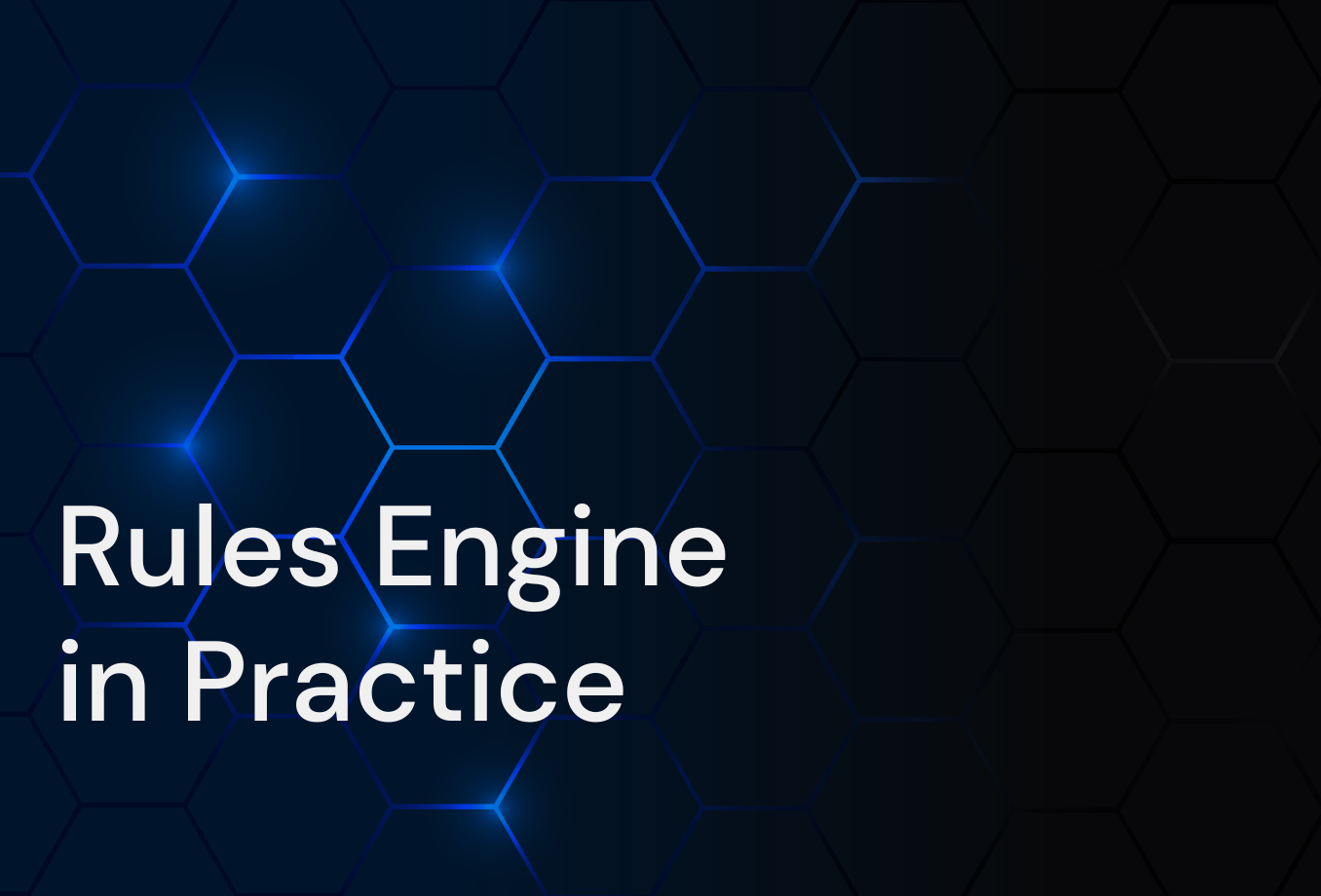Why Static Pricing Models Are Falling Behind
The insurance sector operates in a rapidly changing risk landscape. From evolving market dynamics to regulatory updates and environmental factors, static pricing frameworks can lead to misalignment with actual risk exposure. Lengthy update cycles often lasting months delay rate adjustments, resulting in higher loss ratios and reduced customer retention. Insurers are recognizing the need for agile pricing strategies that adjust as new data emerges.
Elastic Pricing: Redefining Rate Setting in Insurance
Elastic pricing refers to the ability to adjust premiums dynamically based on real-time insights. By aligning rates with current risk assessments, regulatory shifts, or market changes, insurers can maintain financial balance while offering competitive rates.
Applications include:
- Auto Insurance: Leveraging telematics to adjust premiums based on driving habits and conditions.
- Property Insurance: Using environmental data to reflect risks from wildfires, floods, or storms.
- Health Insurance: Factoring lifestyle, wearable data, and health trends into dynamic pricing.
- Commercial Insurance: Aligning rates with operational risks or supply chain shifts.
- Travel Insurance: Adjusting premiums based on geopolitical events or health crises.
Integrating Data Analytics for Informed Pricing
Dynamic pricing requires robust data integration. Platforms aggregate information from internal systems and external sources such as claims history, economic indicators, and environmental data to provide a complete view of risk. By identifying trends and anticipating emerging risks, these platforms inform real-time pricing decisions that align with market realities.
The Role of AI in Precision Pricing
AI enhances data-driven pricing by forecasting risk trends and automating analysis. Predictive models assess environmental patterns, customer behavior, and operational data to recommend proactive pricing adjustments. AI also detects potential fraud and fine-tunes pricing for customer segments, ensuring balance between risk management and revenue optimization.
Business Rules Engines: Operationalizing Insights
While analytics and AI provide insights, business rules engines (BRE) operationalize them. By externalizing decision logic from application code, BREs enable insurers to apply pricing updates quickly and consistently. They ensure transparency and reduce the risk of inconsistencies or errors in rate adjustments.
Key benefits include:
- Rapid Deployment: Implement changes in minutes rather than months.
- Consistent Application: Synchronize pricing logic across channels and systems.
- Audit-Readiness: Maintain clear records of changes for compliance and oversight.
Building an Elastic Pricing Framework
Successfully implementing elastic pricing involves more than technology adoption; it requires strategic data management, seamless system integration, and user empowerment.
Steps include:
- Preparing clean, real-time data for analysis.
- Integrating pricing platforms with core systems such as policy management and billing.
- Continuous testing to ensure accuracy and responsiveness.
- Enabling business teams to adjust pricing logic via intuitive interfaces.
Conclusion
In a fast-evolving market, static pricing is no longer viable. Elastic pricing empowers insurers to remain competitive, align premiums with real-world risks, and enhance customer satisfaction. By integrating data analytics, AI, and business rules engines, insurers can confidently navigate dynamic conditions while maintaining compliance and financial stability.

Take Full Control of Your Product Logic
We provide fee Proof Of Concept, so you can see how Higson can work with your individual business logic.





.png)
